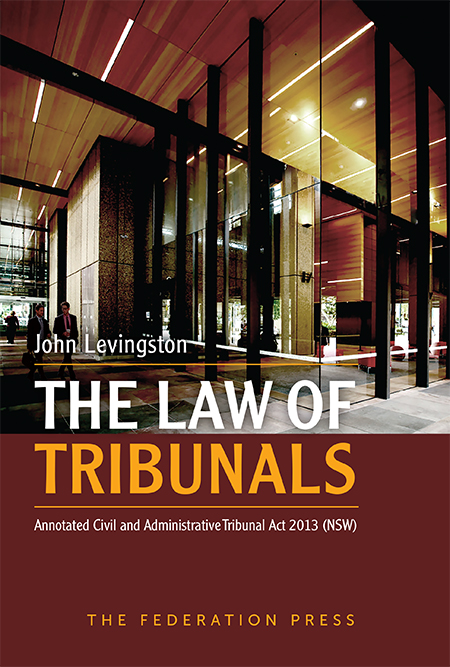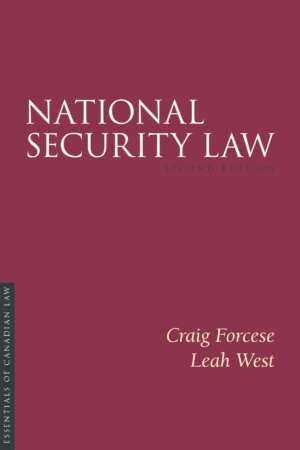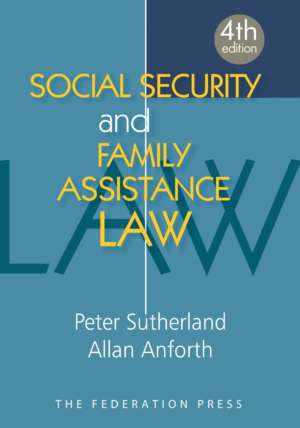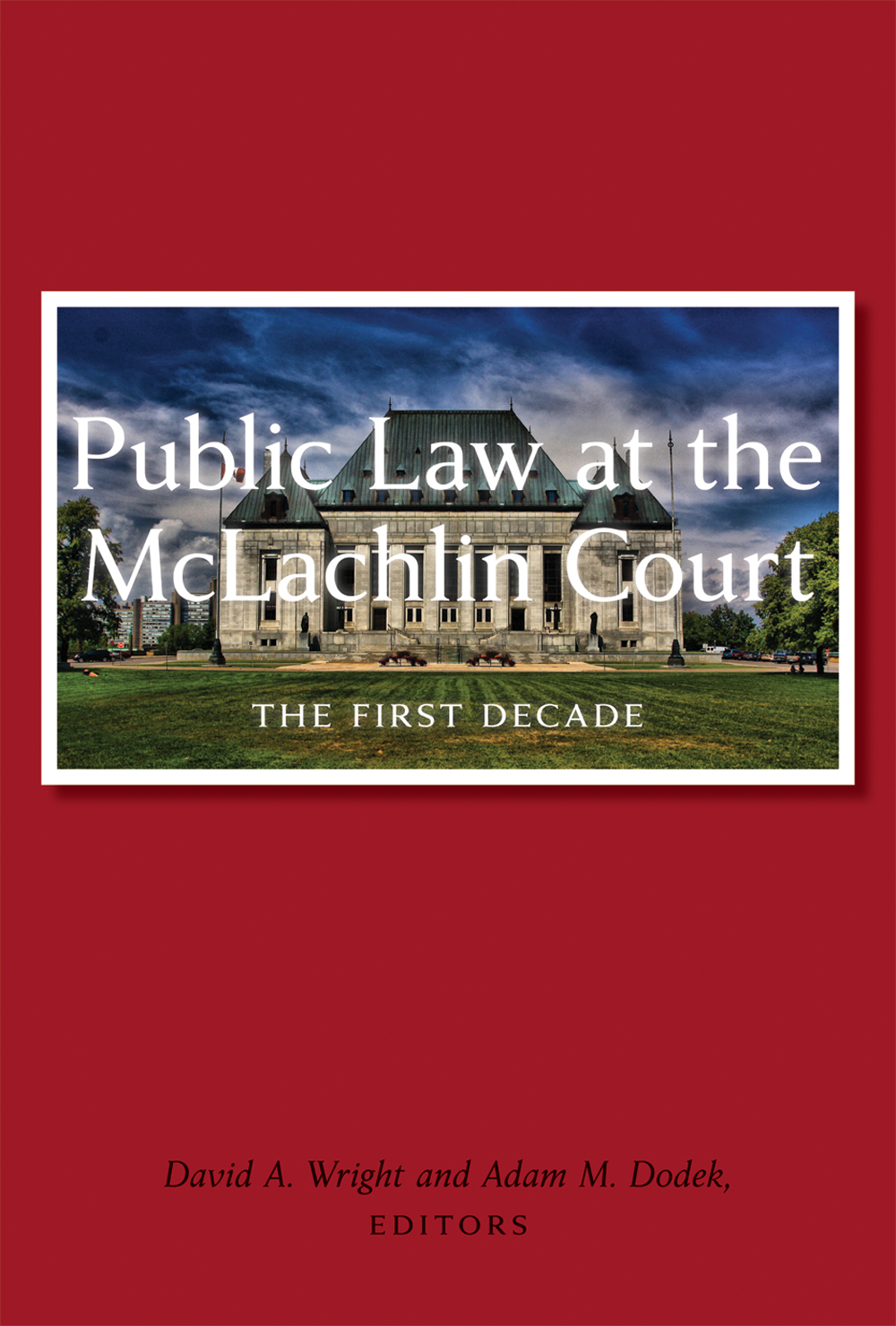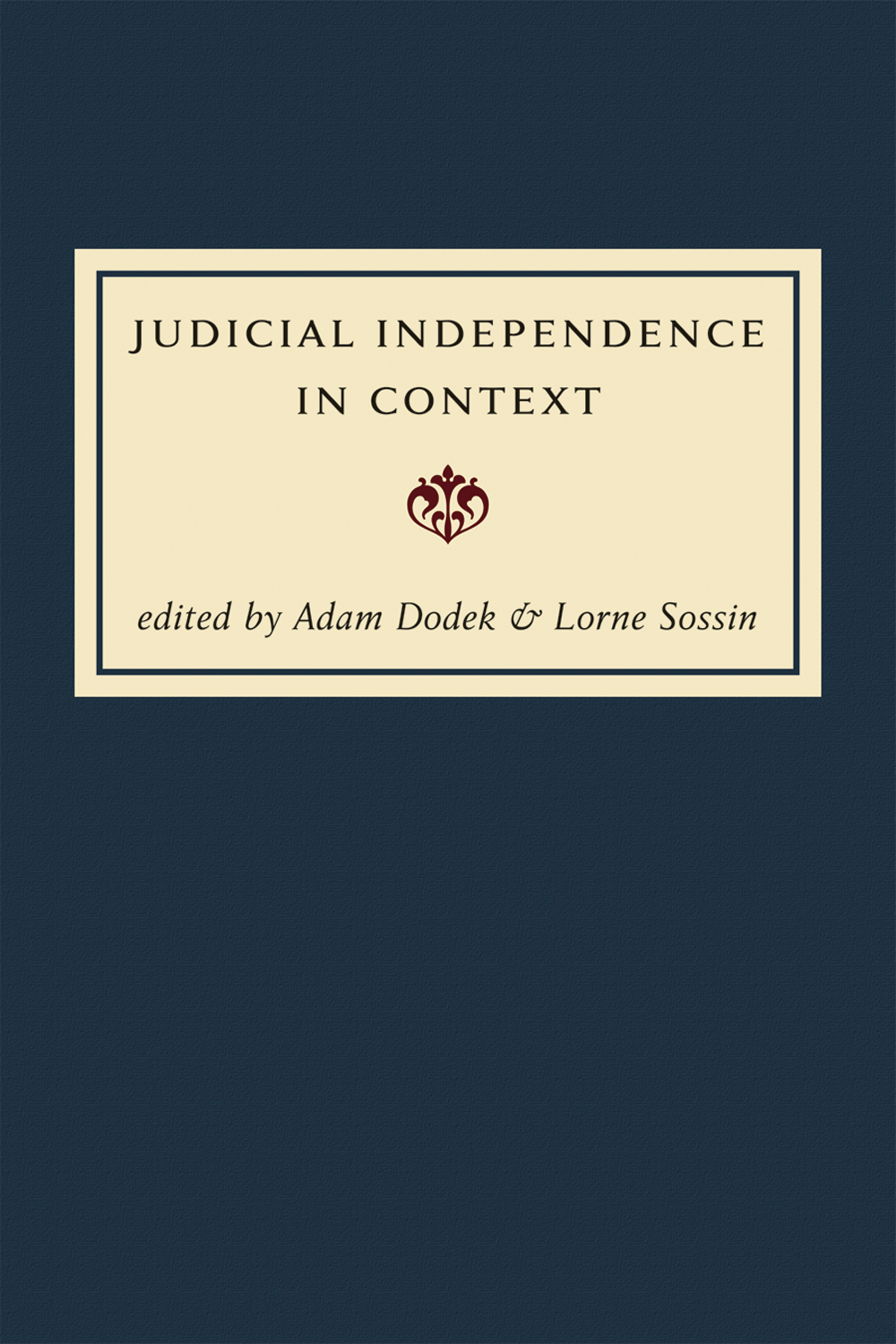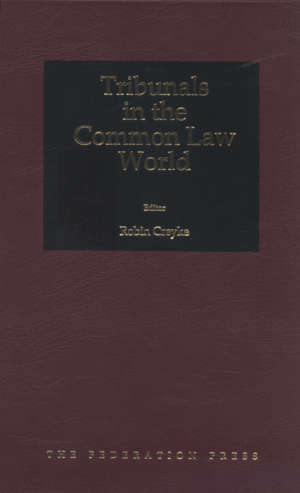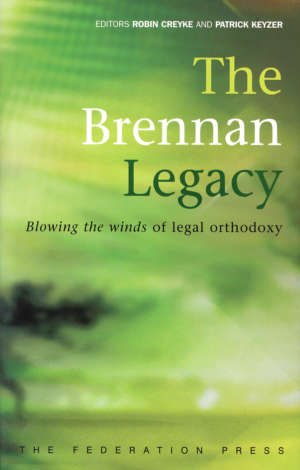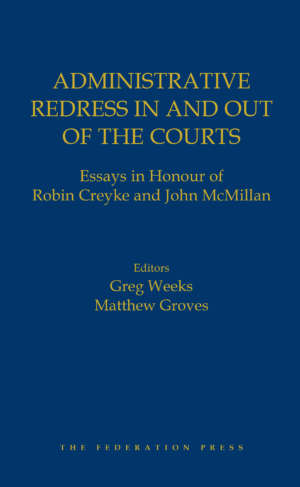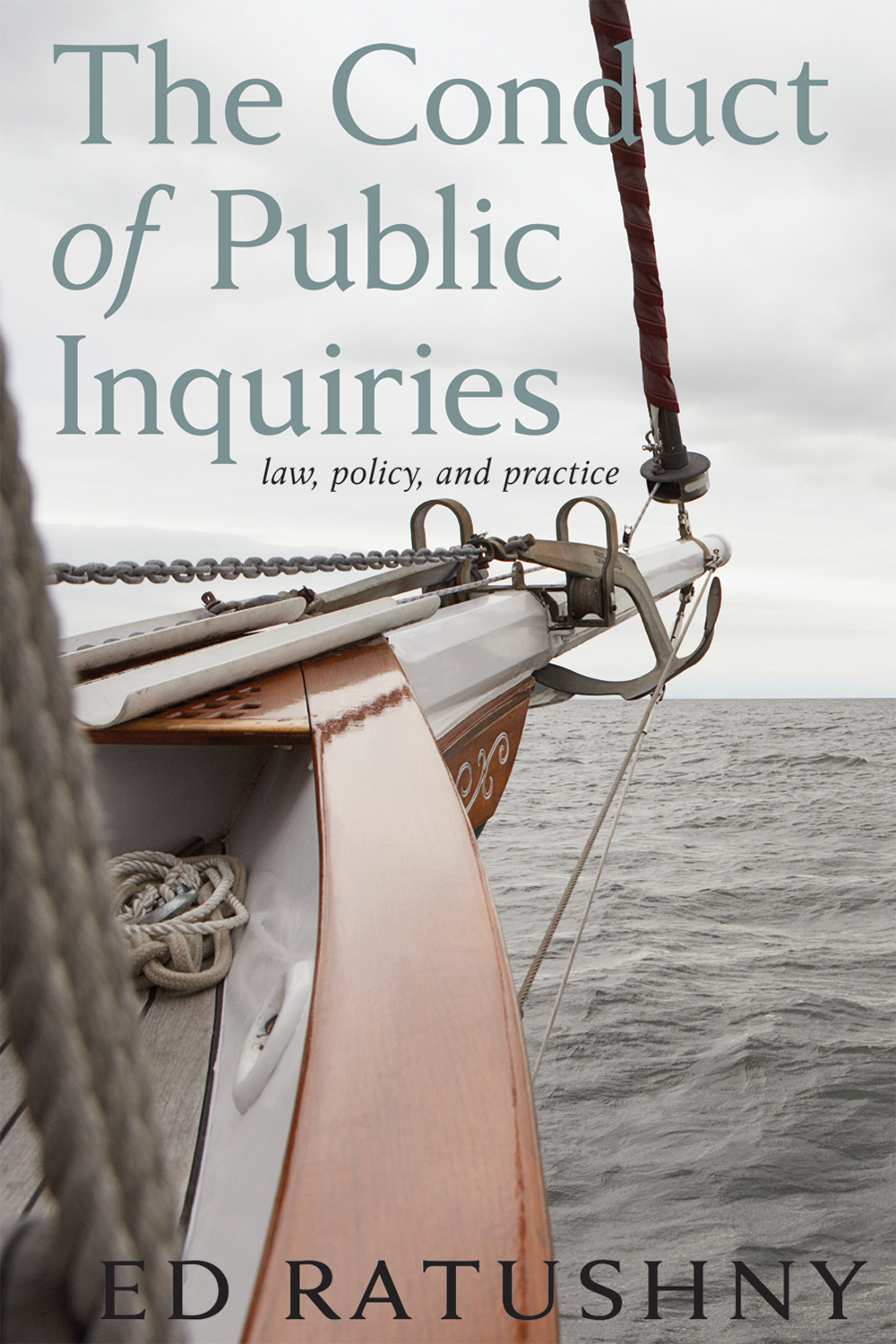Product Description
This is a practical book about the law governing practice and procedure in Tribunals with annotations on the Civil and Administrative Tribunal Act 2013 (NSW).
Tribunals exercise administrative, curial and inquisitorial powers and are playing a greater role in the administration of justice in Australia for resolving administrative and civil disputes than ever before. This has resulted in the consolidation of the many tribunals in the States and Territories into large ‘super tribunals’ covering the field of administrative disputes between citizens and government, civil disputes between citizens, and supervisory, disciplinary and protective matters concerning protection of the community and individuals.
Designed with ease of use in mind, this book includes:
commentary on the law of tribunals;
annotated versions of the Civil and Administrative Tribunal Act 2013 (NSW) and the Civil and Administrative Tribunal Rules 2014 (NSW);
a comparative table highlighting corresponding sections of legislation for the tribunals in the various States and Territories.
Foreword by the Hon Justice Robertson Wright, President, NSW Civil and Administrative Tribunal
Acknowledgements
Author’s Note
About This Book
Table of Cases
Table of Statutes
Comparative Table of Legislation
PART A: INTRODUCTION
A.1 Classification of tribunals
A.2 Nature of tribunal proceedings
A.3 Jurisdiction
A.4 Discretion
A.5 Principle of finality and estoppel
A.6 Jurisdictional error
A.7 Conduct of the parties in tribunals
A.8 Consumer claims
A.9 Procedural fairness
A.10 Evidence
A.11 Privilege
A.12 Self-incrimination privilege
A.13 Abuse of process
A.14 Damages
A.15 Interim relief
A.16 Views, photos and video tapes
PART B: CIVIL AND ADMINISTRATIVE TRIBUNAL ACT 2013 (NSW)
Sections and annotations
Part 1: Preliminary
Part 2: Establishment of Tribunal
Part 3: Jurisdiction of Tribunal
Part 4: Practice and procedure
Part 5: Enforcement
Part 6: Appeals
Part 7: Miscellaneous
B.S1 Schedule 1: Savings, transitional and other provisions
B.S2 Schedule 2: Provisions relating to members
B.S3 Schedule 3: Administrative and Equal Opportunity Division
B.S4 Schedule 4: Consumer and Commercial Division
B.S5 Schedule 5 : Occupational Division
B.S6 Schedule 6: Guardianship Division
B.S7 Schedule 7: Examples of procedural rule-making powers
PART C: CIVIL AND ADMINISTRATIVE TRIBUNAL REGULATION 2013 (NSW)
Clauses and annotations
Part 1: Preliminary
Part 2: Fees and witness allowances and expenses
Part 3: Miscellaneous
C.S1 Schedule 1: Resolution processes
C.S2 Schedule 2: Fees
PART D: CIVIL AND ADMINISTRATIVE TRIBUNAL RULES 2014 (NSW)
Rules and annotations
Part 1: Preliminary
Part 2: Time
Part 3: Electronic case management
Part 4: Service
Part 5: Documentation
Part 6: Commencement of proceedings
Part 7: Parties to proceedings and representation
Part 8: Conduct of proceedings
Part 9: Determination of proceedings
Part 10: Functions of registrars
Part 11: Miscellaneous
PART E: PROCEDURAL DIRECTIONS
E.1 All NCAT proceedings
E.2 Administrative and Equal Opportunity Division
E.3 Consumer and Commercial Division
E.4 Guardianship Division
E.5 Occupational Division
PART F: GUIDELINES
PART G: ANNOTATIONS TO CONSUMER, TRADER AND TENANCY TRIBUNAL ACT 2001 (NSW)
Index

